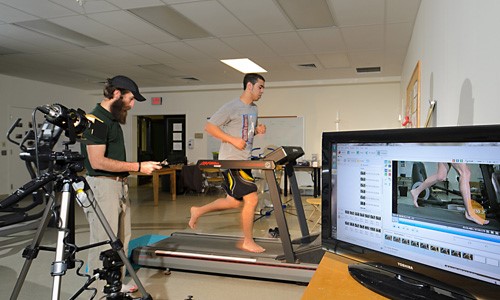By Shahin Ghoreishi
Hello fitness junkies, now that fall is in full swing, it’s time for you to continue your workout or possibly tone up for spring and summer, however your still puzzled about Cardio and Weight Training, and the extent you should perform exercises – then this article is for you!
Trying to mix bulking and cutting exercises typically brings compromising results in either direction. Anyone who’s ever truly been on a bulking or cutting phase will know exactly what extremes your body needs to go to in order to gain muscle. The body requires nutrition and lots of it coupled with a reduction of all irrelevant activities to remove fat after building this muscle. Much fewer calories and more tiring cardiovascular-types of exercises will result in bulky but lean muscle.
With new scientific findings we can better understanding how the different systems of the body function. With this knowledge we can apply correct exercises and nutritional timing to better helps us reach our targets-increasing muscle mass and losing fat.
Exercise experts agree that doing physical exercise in general is far more important than the time of day you do it. Getting up early to do your cardio may burn more calories; evening cardio is also beneficial. When you exercise in the evening, your metabolism still gets elevated; you burn fat, and your heart benefits too.
So, let’s take a look at the nuts and bolts of the program.
Cardio
Cardio training is exercise with the purpose of developing cardiovascular system. Cardiovascular fitness is a good measure of the heart’s ability to pump oxygen-rich blood to the muscles. Cardio training generally involves exercising at a constant moderate level of intensity, for a specified duration of time. Typical cardio activities include walking, jogging, cycling, swimming, jump rope, stair climbing, and rowing.
Cardio should be done 3-to-6 days per week and alternate between longer, slower duration. Walking on a slightly inclined treadmill for 45 minutes is an ideal form of the longer-duration cardio, which should be performed on weight training days (up to 3x per week). Sprinting outdoors, treadmill and cycling is an ideal form of HIIT cardio. HIIT cardio should be done on weight training off days (2-3x per week). For the HIIT portion there are many different methods of implementing this.
For example, after a 4 minute slow cardio warm up, perform 20 seconds of all out sprints followed by 40 seconds of jogging. Repeat for 8-12 sets with a four minute cool down jog. The key to HIIT cardio it is to keep it creative! Basically, the more you struggle with fat gains, the more cardio and HIIT sessions you’ll need to perform. You should not exceed 3 cardio and 3 HIIT cardio sessions. Those somewhere in the middle of the metabolic continuum should perform 3 HIIT sessions and ditch the regular cardio sessions, while those with excellent metabolisms might find they need only 1-or-2 HIIT sessions per week.
Weight Training
Weight training works through the force of gravity to build muscle strength, often through the use of fitness equipment such as dumbbells, barbell bars or gym equipment.
To get the most gain from resistance training, you need to progressively increase the intensity of your training, according to your experience and training goals. This may mean increasing the weight, changing the duration of the contraction, reducing rest time or increasing the volume of training.
The actual contents of your weight training sessions are not nearly as important as the timing. It is important for this program that your weight training sessions be done sometime in the late afternoon or early evening to allow you to burn fat throughout the day. During these times you should only eat low in calories and carbs. Also make sure you schedule the weight training early enough in the evening so you are allowed a minimum of 6 hours between your weight training session and bedtime. This is the time you will overfeed to drive protein synthesis and replenish glycogen stores. Eating too early in the day would halt fat burning for the rest of the day and put a damper on our training and fat burning economy.
Once you’ve been doing resistance training regularly for several months, you can progressively increase the intensity of your training as your muscles adapt.







